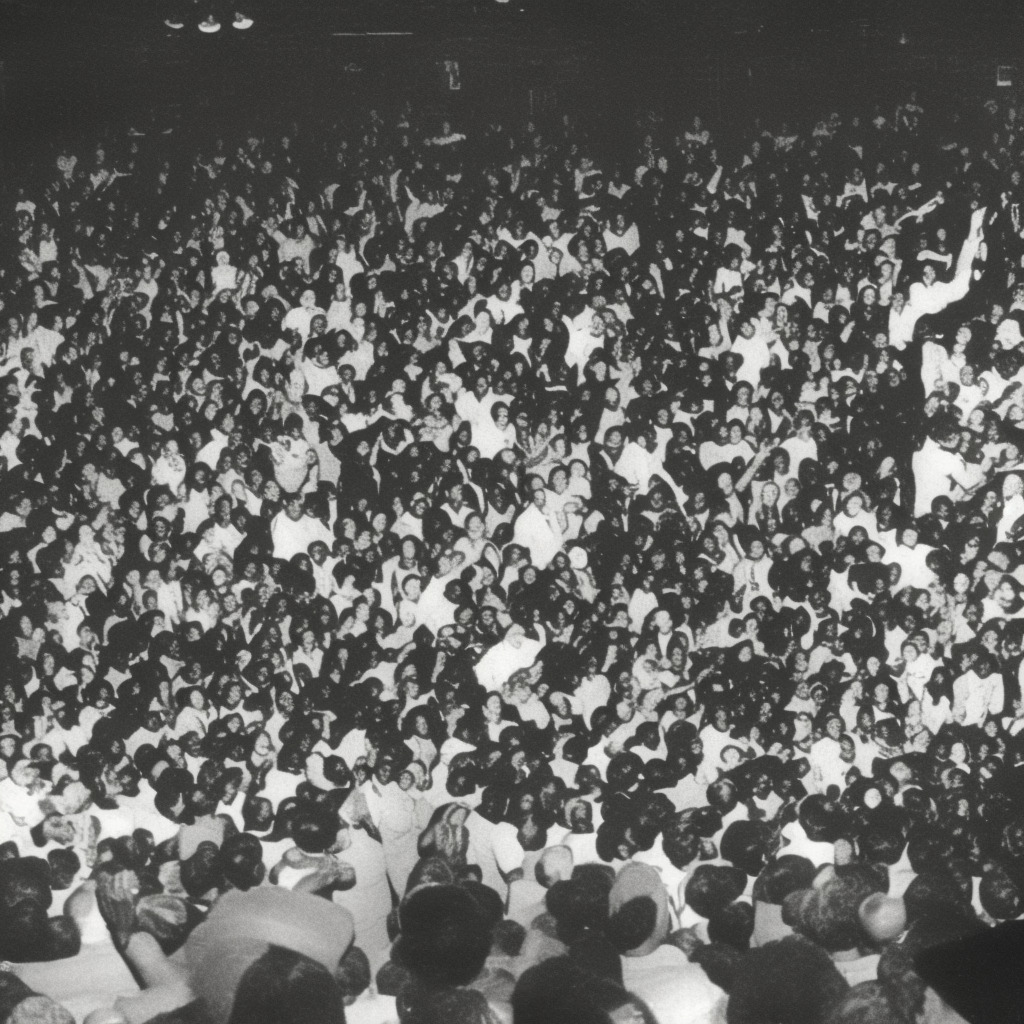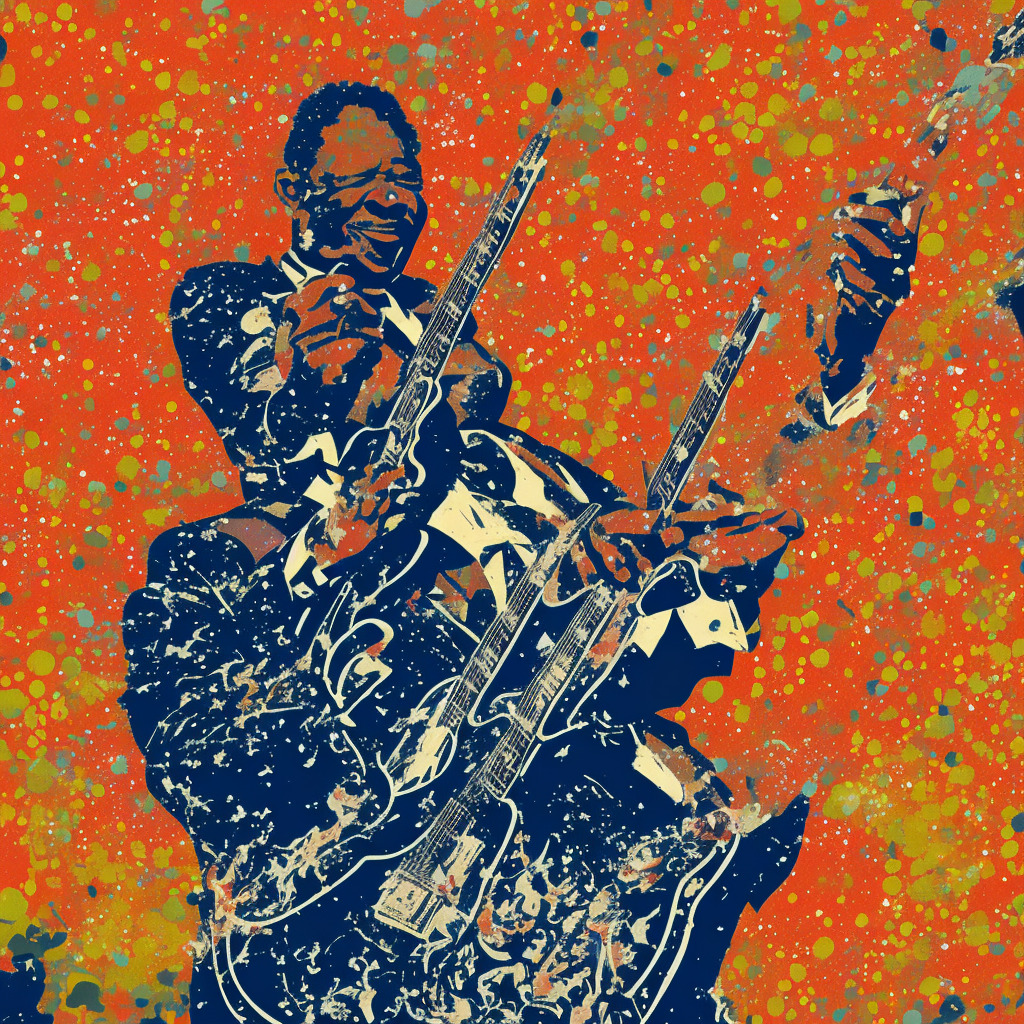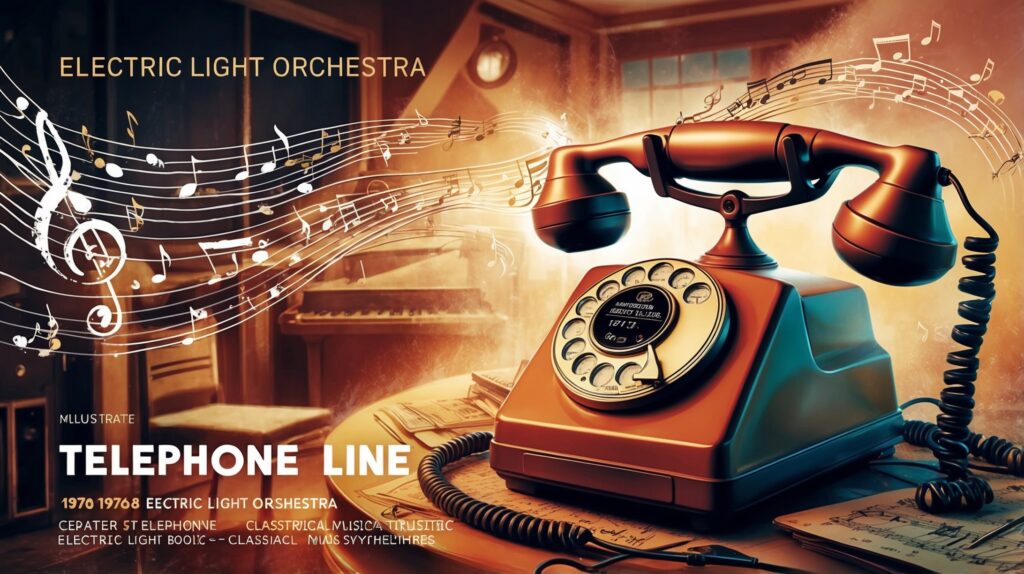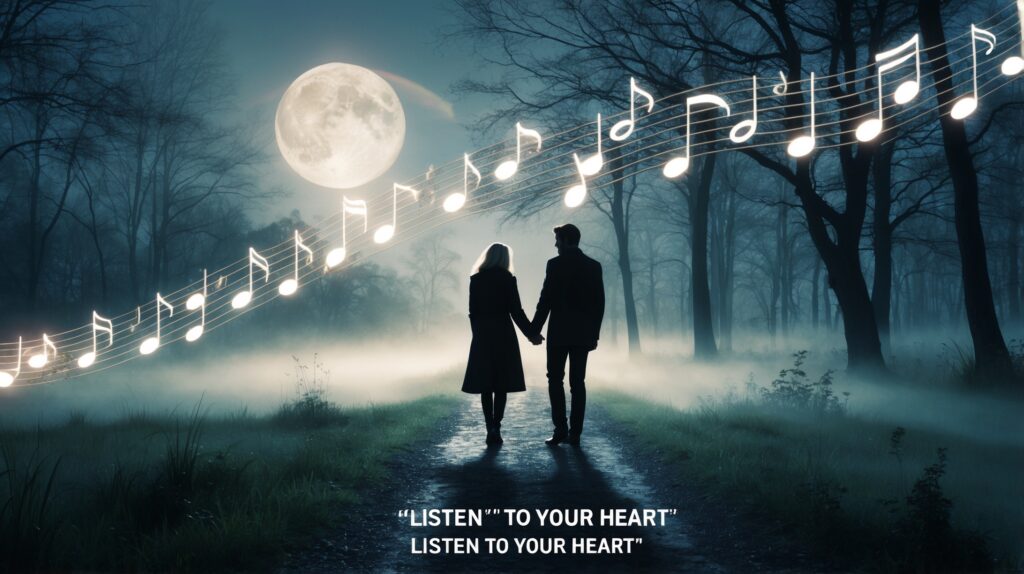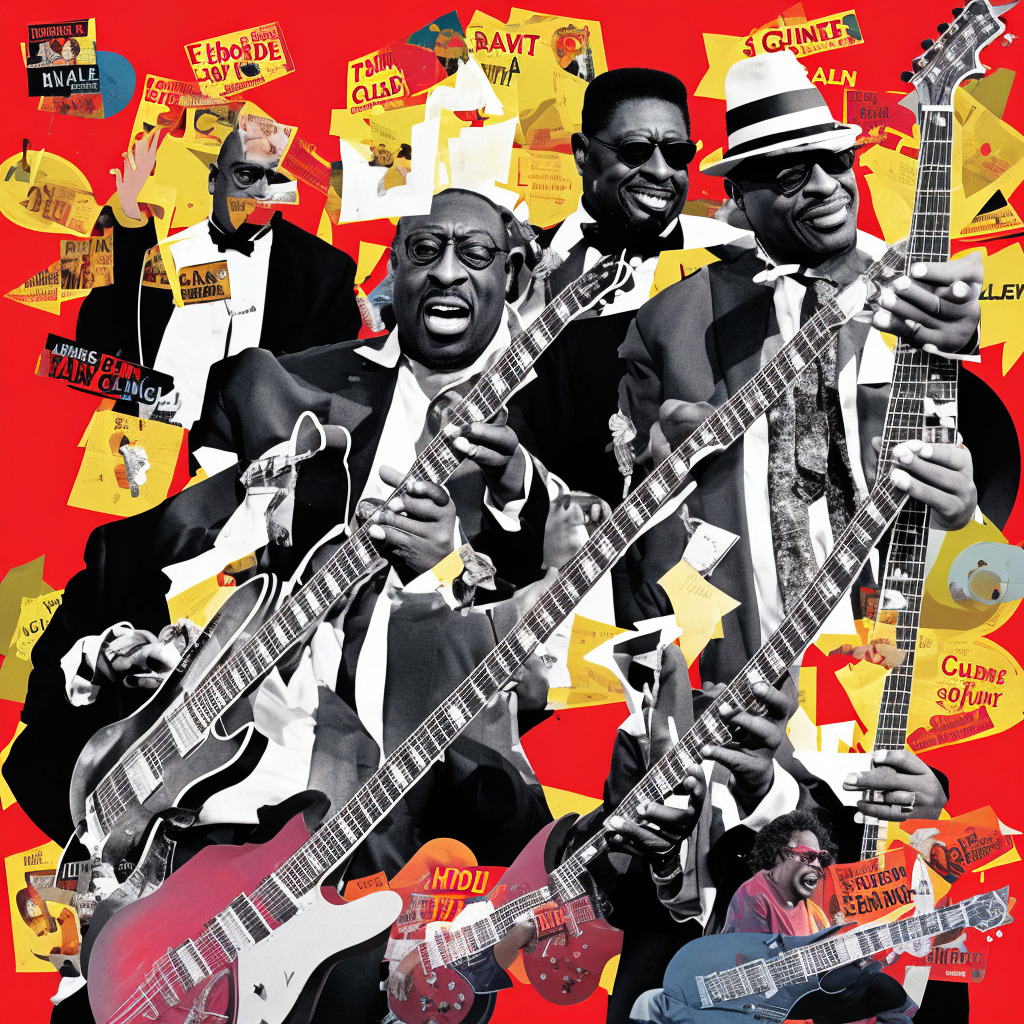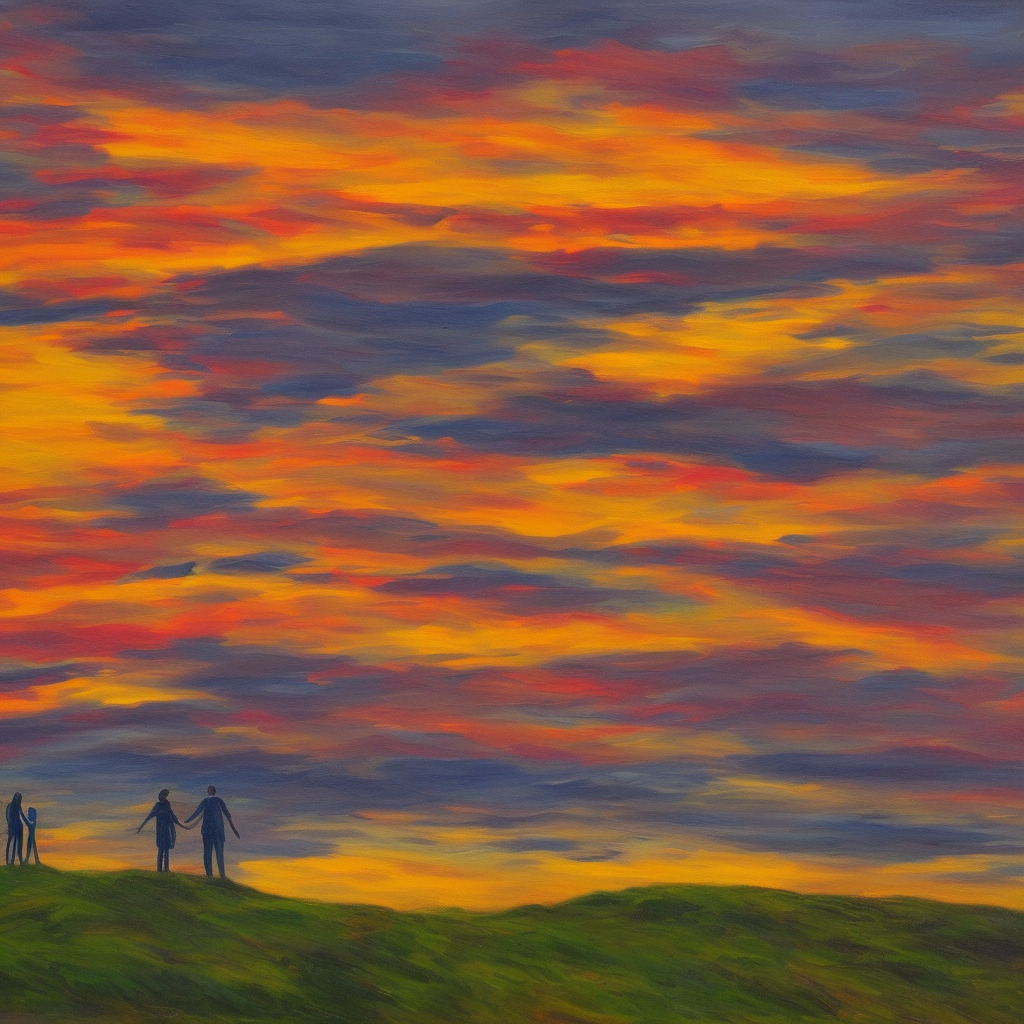🎶 Koko Taylor’s sizzling “Wang Dang Doodle” was penned by blues legend Willie Dixon! 🎸 Fun fact: it was first recorded by Howlin’ Wolf in 1960 😮 Let’s all do the #WangDangDoodle 💃🕺 #KokoTaylor #BluesTrivia #DidYouKnow Read about it: tinyurl.com/5ha6rh27
Fierce and Unapologetic: The Legacy of Koko Taylor and Her Classic Hit
“Queen of the Blues: Koko Taylor’s unstoppable roar transcends time and shakes the foundation of blues music.”
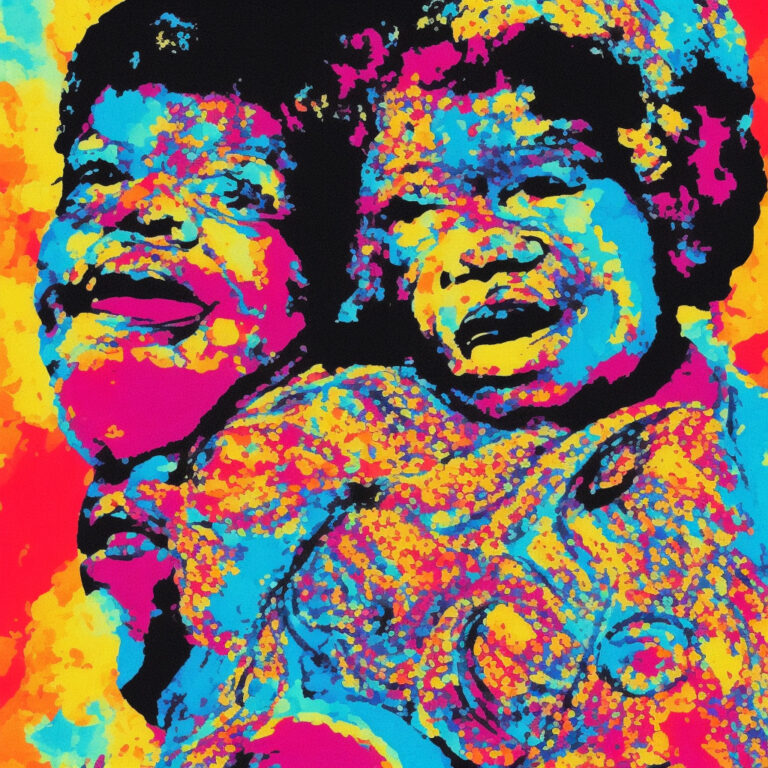
Koko Taylor, often hailed as the “Queen of the Blues,” is an iconic figure in the world of blues music. Born in 1928 in Shelby County, Tennessee, Taylor grew up on a sharecropper’s farm and later moved to Chicago in the 1950s. It was in the Windy City that she was discovered by legendary bluesman Willie Dixon, who would go on to produce her first single, “Honky Tonky” in 1962.
It was the 1966 release of “Wang Dang Doodle,” however, that truly launched Taylor’s career into the stratosphere. Written by Dixon and previously recorded by Howlin’ Wolf, Taylor’s version of the song became her biggest hit, reaching number 13 on the Billboard R&B chart. The song’s infectious rhythm and Taylor’s growling, powerful vocals invite listeners to join in on a wild and raucous all-night party. Some critics argue that Taylor’s rendition surpasses the original, showcasing her unparalleled ability to breathe new life into classic blues tunes.
Throughout her storied career, Koko Taylor released a total of nine albums, and her gritty, soulful voice and charismatic stage presence earned her accolades and fame both in the United States and internationally. She was awarded the Blues Music Award (formerly known as the W.C. Handy Award) for “Traditional Female Blues Artist” an impressive 29 times and received a Grammy Award for Best Traditional Blues Album in 1985 for “Queen of the Blues.”
Despite her immense talent, Taylor faced numerous hardships and obstacles, including sexism within the male-dominated music industry. However, she never let these challenges define her, and her resilience and unwavering commitment to her craft paved the way for future generations of female blues artists.
Koko Taylor passed away in 2009, but her indomitable spirit and contributions to the world of blues music live on. Though some may argue that her discography is somewhat uneven, with occasional lackluster releases, it is impossible to deny the impact she had on the genre. Her powerful rendition of “Wang Dang Doodle” and the legacy she left behind continue to inspire and captivate audiences, proving that she truly was, and forever will be, the Queen of the Blues.
Charting the Doodle’s Journey
“Wang Dang Doodle” by Koko Taylor: Climbing to #4 on the R&B charts, this 1966 Willie Dixon-penned hit remains a beloved, influential, and enduring staple in blues and R&B history.
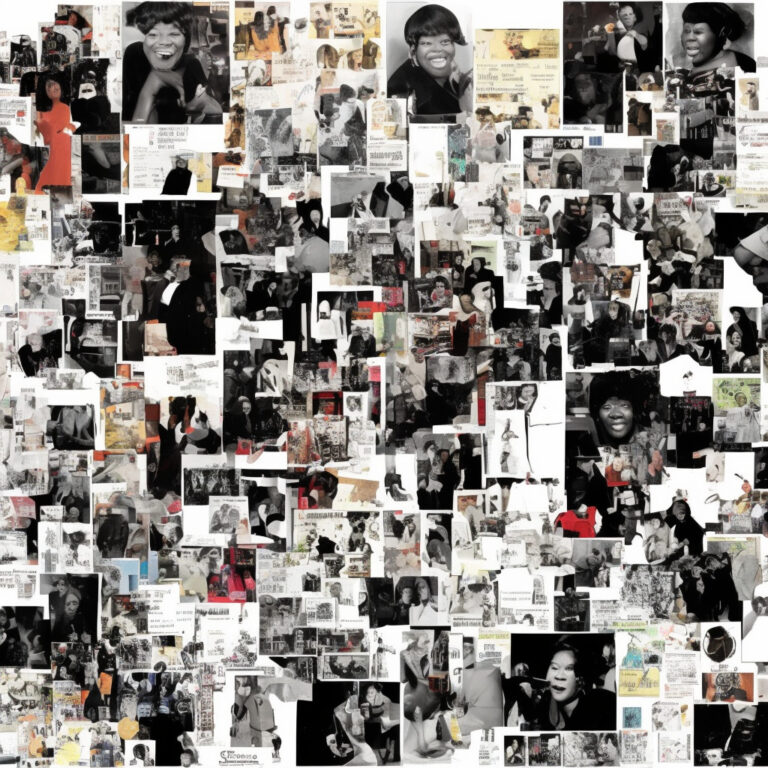
When it comes to chart success, “Wang Dang Doodle” by Koko Taylor definitely made an impact in its time. Released in 1966 under the Checker label, the song was written by the legendary Willie Dixon, and it quickly became one of Koko Taylor’s most iconic songs.
Upon its release, “Wang Dang Doodle” initially entered the US Billboard Hot Rhythm & Blues Singles chart at position #58. However, it didn’t take long for the song to gain traction and climb up the charts. In fact, “Wang Dang Doodle” peaked at an impressive #4 on the R&B chart, showcasing the track’s appeal to music enthusiasts of the era.
Apart from its notable peak position, “Wang Dang Doodle” also spent a total of 13 weeks on the chart, proving its staying power as a beloved R&B hit. Interestingly, the song didn’t manage to find a spot on the Billboard Hot 100 chart, but its impact on the R&B scene cannot be understated.
In the years that followed, “Wang Dang Doodle” became a staple in Koko Taylor’s repertoire, solidifying her status as a powerful force in the blues and R&B scene. The song has since been covered by numerous artists, further cementing its legacy as one of the defining tracks of its time.
In summary, while “Wang Dang Doodle” may not have reached the top of the overall music charts, it remains a significant and successful track in Koko Taylor’s career, as well as within the history of R&B and blues music.
The Soulful Storytelling of “Wang Dang Doodle”
Tell Automatic Slim
Tell Razor Totin’ Jim
Tell Butcher Knife Totin’ Annie
Tell Fast Talking Fanny
A we gonna pitch a ball
A down to that union hall
We gonna romp and tromp till midnight
We gonna fuss and fight till daylight
We gonna pitch a wang dang doodle all night long
All night long
All night long
All night long
Koko Taylor’s “Wang Dang Doodle” is a distinctive and spirited song, with lyrics that reflect the lively atmosphere of blues clubs and juke joints in the 1960s. The song is an embodiment of the era’s spirit where people would gather to enjoy soulful music, dance, and celebrate their hardships and triumphs amidst the political and social turmoil.
The lyrics of “Wang Dang Doodle” are filled with vivid characters and gripping storytelling, which was a staple of blues songs in that time. The different characters mentioned in the song like Automatic Slim, Razor Totin’ Jim, Butcher Knife Totin’ Annie, and Fast Talking Fanny represent the colorful personalities that would frequent the blues clubs and become a part of the nightlife. These characters embody the spirit of the times – tough, resilient, and unapologetically embracing their own identities.
The song’s chorus “We gonna pitch a wang dang doodle all night long” is a testament to the spirit of celebration and revelry that was alive in the juke joints and blues clubs during this era. It refers to a wild and exhilarating party that would last all night long, where people would come together to enjoy music, dance, drink and forget their worries even if only for a little while.
While the lyrics of “Wang Dang Doodle” may not directly address the political or social events of the era, the song encapsulates the spirit of a time when people were seeking an escape from the harsh realities of life through music and camaraderie. It is a reminder of the resilience and hope that persisted during a time of great change and turmoil, making “Wang Dang Doodle” a true testament to the power of music to capture the essence of an era.
A Visual Feast: The Artistry Behind “Wang Dang Doodle” Music Video
Bridging the old and new, fan-made visuals of Koko Taylor’s “Wang Dang Doodle” keep the blues legend’s infectious groove alive for generations to come.
While Koko Taylor’s “Wang Dang Doodle” doesn’t have an official music video, the song’s infectious energy and undeniable groove have inspired fans and artists alike to create their own visual interpretations of the track. A quick search on YouTube brings up numerous fan-made videos, tributes, and performances that showcase the song’s enduring appeal and impact on generations of music lovers.
One notable fan-made video is a creative blend of archival footage and contemporary animation. The video starts by transporting viewers back in time, showcasing black-and-white clips of Koko Taylor performing live, giving fans a glimpse of the song’s captivating stage presence. As the video progresses, bold and colorful animations are seamlessly integrated into the vintage footage, creating a dynamic visual experience that complements the song’s lively spirit.
The artistic approach of this fan-made video is a testament to the timeless nature and influence of Koko Taylor’s music. The fusion of old and new elements not only pays homage to the past but also keeps the song fresh and relevant to modern audiences. This inventive visual interpretation serves as an engaging and fitting tribute to Koko Taylor’s indelible musical legacy.
Another popular video on YouTube features a live performance of “Wang Dang Doodle” by Koko Taylor herself, backed by a stellar band. This raw and exhilarating footage showcases the raw power of Koko Taylor’s voice and her undeniable charisma on stage. The video captures the essence of a live blues performance, complete with a captivated audience, foot-stomping rhythm, and the magnetic presence of Koko Taylor front and center.
The prevalence of such fan-made videos and tributes speaks to the continued relevance and love for “Wang Dang Doodle” and Koko Taylor’s music. These passionate expressions of fandom ensure that future generations will continue to be introduced to the timeless magic of Koko Taylor and her unforgettable song, “Wang Dang Doodle.”
The Mastermind Behind “Wang Dang Doodle”
When discussing the magic of “Wang Dang Doodle,” it’s essential to pay tribute to its iconic composer, Willie Dixon. Born in 1915, Dixon was an influential American blues musician, songwriter, and record producer. His impact on the blues and rock genres is indisputable, with his compositions being recorded by some of the biggest names in music history, such as Muddy Waters, Howlin’ Wolf, and Led Zeppelin. Apart from “Wang Dang Doodle,” Dixon is also known for penning classics such as “Hoochie Coochie Man,” “I Just Want to Make Love to You,” and “Back Door Man.” His remarkable ability to craft memorable melodies and thought-provoking lyrics has solidified his legacy as one of the most talented songwriters of the 20th century.
A Doodle That Made History
Koko Taylor’s powerhouse blues anthem “Wang Dang Doodle” transcends genres and generations, igniting the musical scene with infectious energy and inspiring countless interpretations.
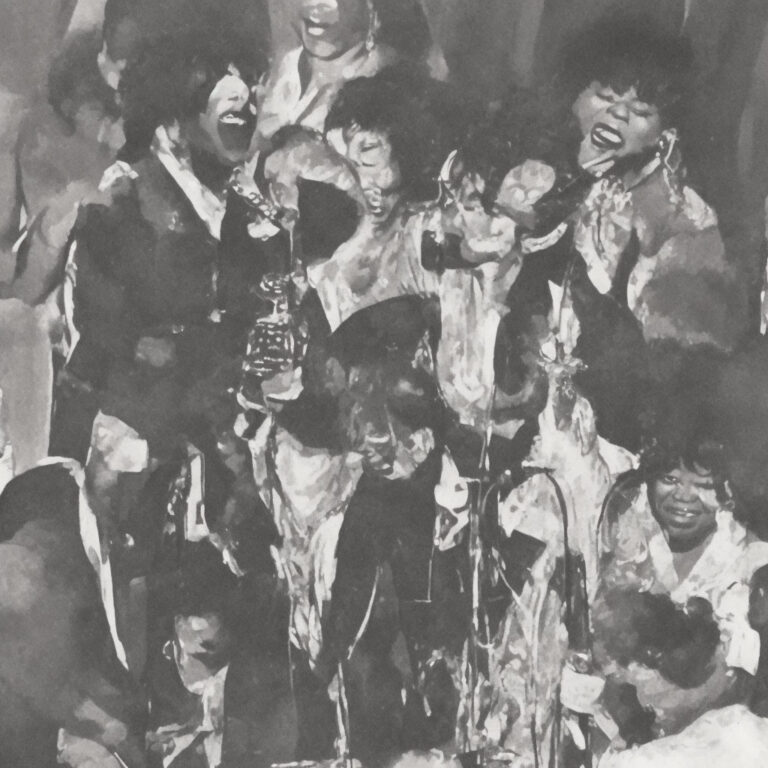
“Wang Dang Doodle” by Koko Taylor has cemented its place in blues music history for its powerful vocals, catchy tune, and infectious energy. As a testament to its enduring popularity, the song has received several awards and accolades over time. In 1995, Taylor’s rendition of “Wang Dang Doodle” was inducted into the Blues Foundation Hall of Fame under the category of Classic of Blues Recording – Single or Album Track.
Though the song hasn’t made a significant impact in the realm of movie, TV, or video game appearances, its influence can still be felt in the world of music today. In fact, Taylor’s version of “Wang Dang Doodle” has been covered by numerous artists and bands, spanning various genres and styles. Some noteworthy covers include the Grateful Dead’s live performances of the track, showcasing their jam band prowess. British rock band Savoy Brown also paid homage to the classic in their 1970 album “Raw Sienna.”
One of the more unique renditions of the tune came from PJ Harvey and her band, who incorporated a more alternative rock flair to the blues track during their 2004 live performances. In addition to these popular covers, dozens of lesser-known acts have taken on the challenge of performing “Wang Dang Doodle,” further demonstrating the song’s lasting impact on musicians across the board.
In conclusion, Koko Taylor’s version of “Wang Dang Doodle” not only stands as a classic within the blues genre, but has also left an indelible mark on the broader musical landscape. From its prestigious honors to the numerous cover versions created over the years, it is undeniably apparent that the song’s legacy will continue to be celebrated in many ways for years to come.
Dissecting the Musical Elements
Diving into the musical structure of this blues classic, “Wang Dang Doodle” is primarily composed in the key of G major. The song follows a standard 12-bar blues progression, which is a common structure in many blues compositions. This progression consists of three chords, which are the I, IV, and V chords in the given key. In the case of this song, the chords are G, C, and D.
The chord progression is organized as follows: four bars of the I chord (G), two bars of the IV chord (C), two bars of the I chord (G), one bar of the V chord (D), one bar of the IV chord (C), and finally two bars of the I chord (G). This simple yet effective structure creates a strong sense of familiarity and allows the listener to easily anticipate the upcoming changes in the song.
In terms of tempo, “Wang Dang Doodle” is performed at a moderately fast pace, clocking in at around 120 beats per minute (BPM). The driving beat is accentuated by the powerful rhythm section, which includes drums, bass, and rhythm guitar. The rhythm guitar, in particular, employs a technique called the “shuffle rhythm,” which is a syncopated rhythm pattern that is characteristic of blues music. This rhythm plays a crucial role in giving the song its distinctive groove and feel.
Another essential element of the song’s musical structure is its use of call-and-response, a traditional practice in African and African-American music. In “Wang Dang Doodle,” Koko Taylor’s powerful vocals act as the “call,” while the instrumentalists, especially the lead guitar and harmonica, provide the “response.” This interaction between the singer and the instrumentalists adds a dynamic and engaging quality to the performance.
Finally, the song features a number of memorable instrumental breaks, where the lead guitar and harmonica take turns showcasing their virtuosity and improvisational skills. These solos are typically based on the G major pentatonic scale, which is a five-note scale that is widely used in blues and rock music. By incorporating these solos, “Wang Dang Doodle” demonstrates the high level of musicianship and creativity that is often associated with the blues genre.
Overall, the musical structure of “Wang Dang Doodle” is a testament to the timeless and enduring appeal of the blues. Its classic 12-bar progression, infectious shuffle rhythm, and captivating call-and-response vocals come together to create a song that is both deeply rooted in tradition and undeniably fresh and exciting.

